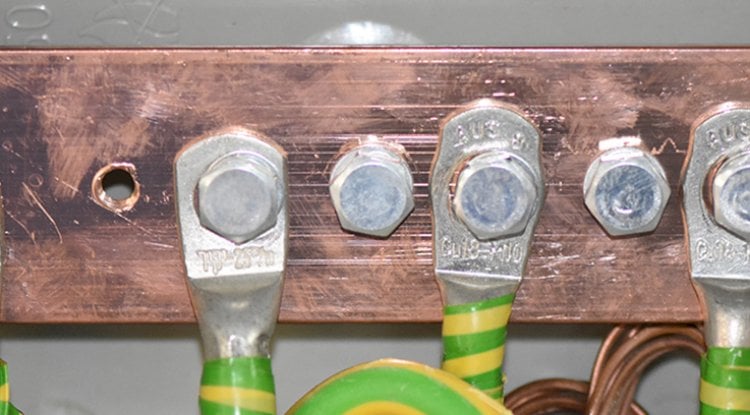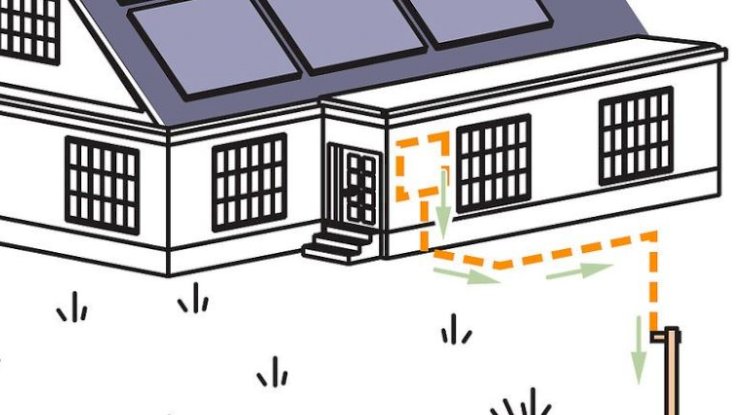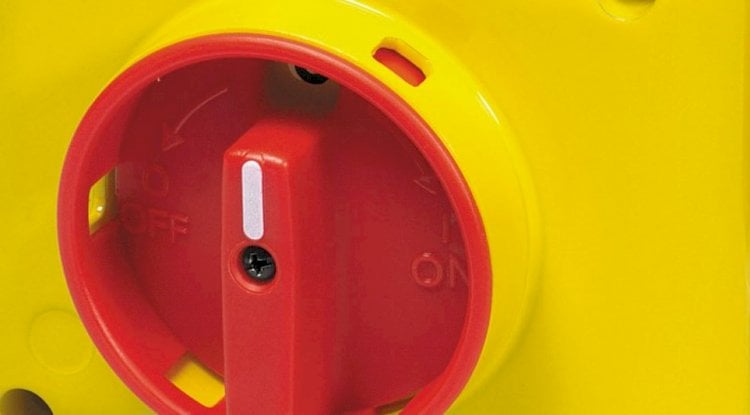John asked:
Should you make neutral-to-ground bonds in electrical panels?
Our Answer:
- If your electrical panel is a subpanel, then NO, you do not make a neutral-to-ground connection.
- If your electrical panel is the first service disconnect point, AND the utility has only provided normally current carrying conductors (phase and neutral wires), then YES, you must make a neutral-to-ground connection.
- If your electrical panel is the first service disconnect point, and the utility has only provided normally current carrying conductors (phase and neutral wires) PLUS a ground wire, then NO, you do not make a neutral-to-ground connection.
Please see NEC Article 250.28 for when to make a neutral-to-ground connection.
Please see NEC Articles 250.6(B), 250.24(A)(5) HB Notes, 250.30(A)(1) Exception #2, 250.30(A)(5) HB notes, 250.32(B)(1) HB notes, 250.142(B), and HB Exhibit 250.8 for information when NOT to make a neutral-to-ground connection.
What About 5-wire Electrical Systems?
If you have a 5-wire system from the transformer (3 phase wires, neutral and ground), you should NOT have a neutral-to-ground bond in the service (just like in any other transformer to panel scenario). In fact, a 5-wire feed from the transformer is the BEST and safest electrical system possible.
The neutral-to-ground bond was in fact invented to save money so that a grounding wire did not have to be run from the transformer to the first panel. The IEC does a much better job making this clear while the NEC is terrible at it.
Consider the following scenario: a wall inside a building with two electrical panels. The first panel is 480V which feeds a floor mounted transformer, which in turn feeds the second panel which is 208V. The panels feed 5-wire to and from the transformer. Where would the neutral-to-ground bonds go?
Here is the list of codes for why we recommend removal of neutral-to-ground bonds in 5-wire electrical systems:
NEC Rules:
- NEC 250.24(A)(5) see Handbook notes
- NEC 250.30(A)(1) Exception #2
- NEC 250.30(A)(5) Handbook notes
- NEC 250.32(B)(1) Handbook notes
- NEC 250.142(B)
- See Exhibit 250.8 in the Handbook where the connection can be at the load end of the service drop
CEC Rules:
- Rule 10-200(1) states that objectionable currents must not flow through the grounding system during normal operations.
- Rule 10-204(1) states that neutral currents must not flow on the grounding system back to the transformer.
- Rule 10-204(1)(c) states that you are not to make connections at the consumers service that will cause neutral currents to flow on the grounding system.
- Rule 10-200(3) gives us recommendations for removing objectionable currents from the grounding system, including the removal of neutral-to-ground bonds in the cabinet.
The Engineering Experts at E&S Grounding Solutions
Let's Talk! Schedule a FREE Phone Consultation Today.
Wherever you're located, learn how good a fit we are for your project.







